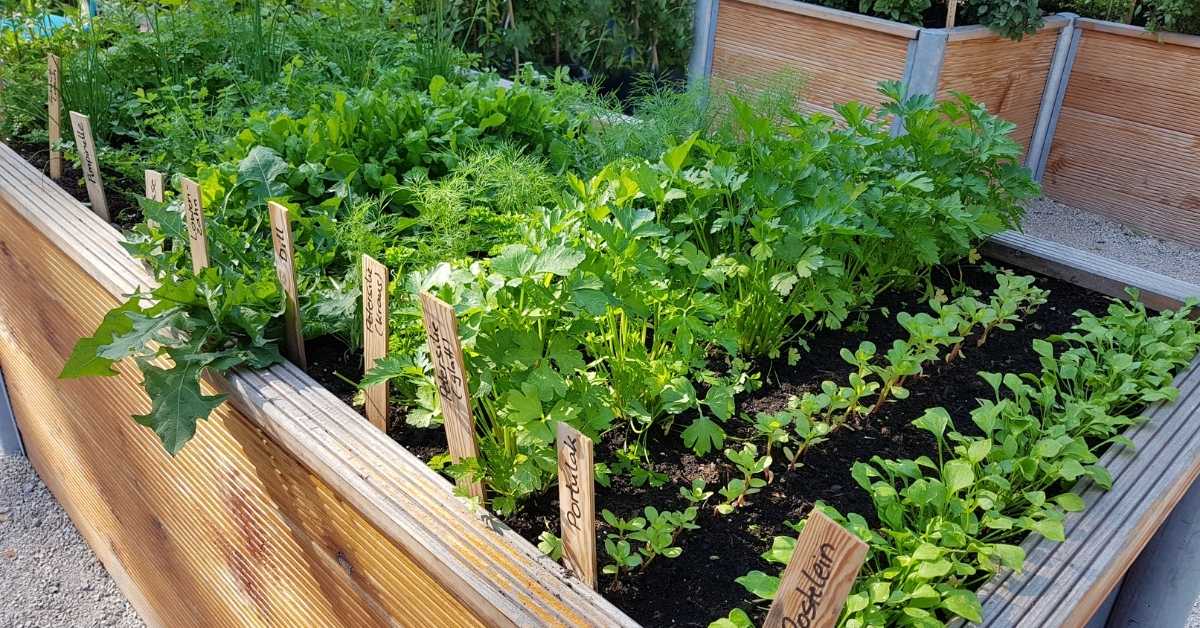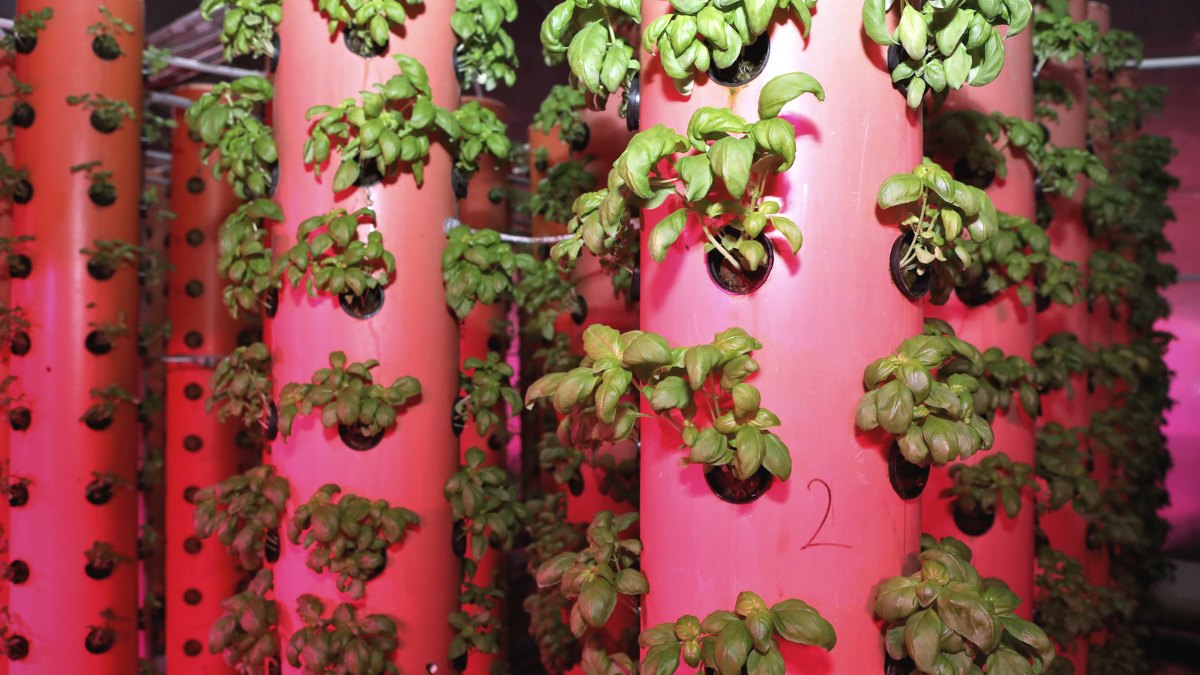Did you know that raised beds have better soil structure and drainage compared to ground-level gardens? This means that they can warm up earlier in the season, giving you a head start on gardening in the spring.
If you are looking for a way to improve your garden’s productivity and appearance, you might want to consider using raised beds. Raised beds are elevated structures that allow you to create your own ideal soil conditions and drainage, as well as protect your plants from pests and weeds.
In this article, you will learn how to prepare raised beds for more production, as well as the benefits of raised bed gardening. You will also find a helpful video that shows you how to build raised garden beds from scratch. Whether you are a beginner or an experienced gardener, raised beds can help you grow healthier and happier plants. Read on to find out more!
The Benefits Of Raised Bed
By providing a more flexible workspace for the gardener to manipulate and modify the growing environment, raised beds ensure yield possibilities. You can also read our post about designing a raised bed vegetable garden here.

No matter what type of ground condition or soil you have in your garden, raised beds to offer you to create the desired soil structure and drainage, which creates the ideal sowing conditions right from the initial point of your planting, which is the fundamental point of the work and essential key to success.
How to Choose the Right Location for Your Raised Beds
One of the most important factors to consider when preparing raised beds is the location. You want to choose a spot that gets at least six hours of sunlight per day, has good air circulation, and is accessible for watering and harvesting.
You also want to avoid areas that are prone to flooding, erosion, or strong winds. If you have limited space, you can use containers, trellises, or vertical gardening techniques to make the most of your raised beds.
How to Select the Best Materials for Your Raised Beds
Another factor to consider when preparing raised beds is the material. You want to use something that is durable, safe, and easy to work with. Some of the most common materials for raised beds are wood, metal, stone, brick, or plastic.
Wood is a natural and inexpensive option, but it can rot or attract pests over time. Metal is sturdy and long-lasting, but it can rust or heat up in the sun. Stone and brick are attractive and durable, but they can be heavy and expensive. Plastic is lightweight and cheap, but it can leach chemicals or crack under pressure.
How to Fill Your Raised Beds with the Best Soil Mix
The final factor to consider when preparing raised beds is the soil mix. You want to use a blend of organic matter, topsoil, and amendments that will provide your plants with the nutrients, moisture, and drainage they need.
A good rule of thumb is to use one-third compost, one-third topsoil, and one-third amendments such as sand, perlite, vermiculite, or peat moss. You can also add fertilizer, lime, or other supplements depending on your soil test results and plant preferences.
How to Maintain Your Raised Beds for Optimal Production
Once you have prepared your raised beds, you need to take care of them throughout the growing season. You need to water your plants regularly, but not too much or too little. You need to weed your beds frequently but not disturb the roots or soil structure.
You need to mulch your beds to conserve moisture, prevent weeds, and moderate temperature. You need to rotate your crops every year to avoid pests and diseases. And you need to harvest your produce at the right time to enjoy the fruits of your labor.
How to prepare raised beds?
Here is a beneficial video expressing the advantages of raised bed gardening and how to build raised garden beds from the beginning.
If you like the video, don’t forget to share it to credit the creator.
Conclusion
Raised bed gardening is a great way to improve your garden’s productivity and appearance. By following the steps in this article, you can prepare raised beds that will suit your needs and preferences. You can also watch the video below to see how to build raised garden beds from scratch.
Raised beds will allow you to create your own ideal soil conditions and drainage, protect your plants from pests and weeds, and make gardening easier and more enjoyable. Whether you are a beginner or an experienced gardener, raised beds can help you grow healthier and happier plants. Try it today and see the difference!
FAQ
What do I put on the bottom of a raised garden bed?
You may use a variety of organic materials, such as straw, grass clippings, wood chips, and leaves to line the bottom of a raised garden bed. On top of this organic layer, put down some appropriate cardboard or any other weed barrier material, and then weigh it down with a few bricks or pegs.
How do I prepare the soil for a raised garden bed?
Take off all of the rocks, the old roots, and the plant matter. Use the shovel to dig down a bit farther (a few more inches), the goal of merely breaking up the dirt. Compost and other forms of organic matter should be worked into the soil. We suggest that the compost make up roughly a quarter of the total volume of your soil.
What should I line a raised bed with?
You may line your raised bed to make it more durable and to prevent dangerous substances from draining into the soil. This will help you grow healthier plants. Use textile fabric from clothes or landscape fabric, both of which may be bought at places that sell gardening supplies. Plastic that does not have pores may hold on to an excessive amount of water and may frighten away beneficial insects and worms.
Should I put rocks in the bottom of my raised garden bed?
Since you want to place the soil with the finest quality on the top, whatever is underneath it will need enough time to rid itself of any surplus moisture. You should avoid putting things like pebbles or other items on the bottom of your raised bed since doing so might lead to the formation of an artificial water table, which will impede drainage.
Do raised beds need to be lined?
Yes. The benefits of lining a raised garden bed much exceed the drawbacks; therefore, you should do it. When you use a liner in your raised garden bed, the soil will be protected from high temperatures, pests like moles and gophers will be excluded, and weeds won’t be able to thrive. Additionally, a raised bed liner enables water to flow away without removing any of the soil along with it.
What do I put on the bottom of a raised garden bed with legs?
A raised garden bed needs to include a layer of grass clippings, leaves, wood chips, straw, and other forms of organic matter at its base. It is recommended that the cardboard be put on top of that layer. Compost will be produced from organic waste, while weeds will be kept at bay by the cardboard.
Can you fill a raised bed with just compost?
No, you should never use compost alone to fill a raised bed. This is not a good idea. When you are putting together a soil mixture for your raised beds, this component of your garden soil should make up between 30 and 50 percent of the total. Even though compost will provide an abundance of nutrients for your plants, the soil will drain too rapidly, washing away the nutrients and causing your plants to perish from lack of nourishment.
How deep should soil be in raised garden bed?
Making a raised bed particularly deep is unnecessary to serve its purpose. In most cases, eight to twelve inches is sufficient. If drainage is an issue or if the plants you are cultivating require drier soil, the bed might be made higher and filled with a porous growth medium.
Can I plant tomatoes in a raised bed?
Tomatoes, like most other vegetables, like soil rich in nitrogen, have good drainage and a pH of around 6.5. Instead of modifying your natural soil to provide your tomato plants with the ideal growing environment, you can save time and effort by growing your plants in a raised bed instead.

